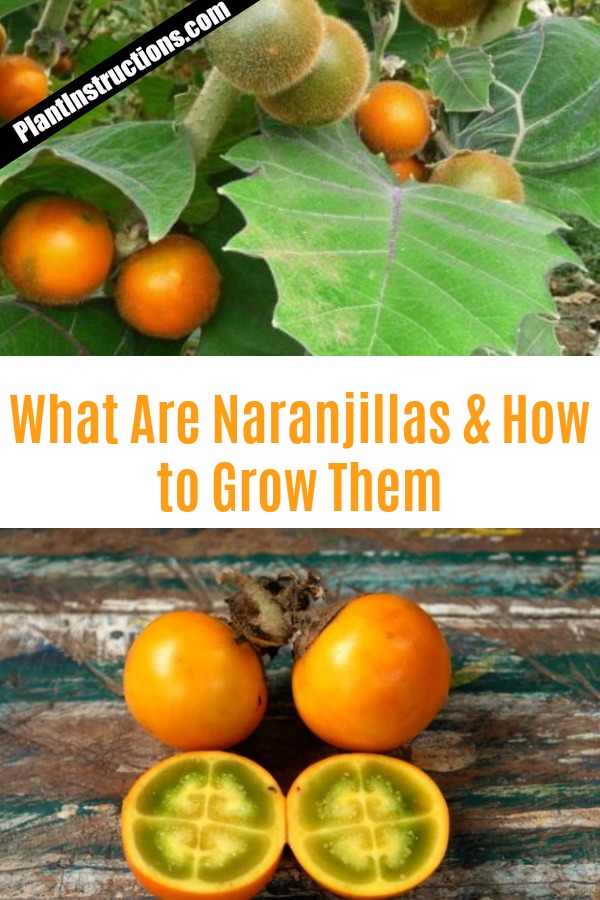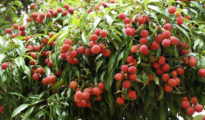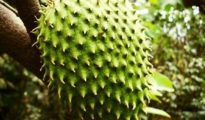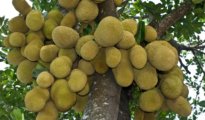Ever heard of the exotic naranjilla fruit? If not, don't worry – most people have not in fact heard of this exotic fruit, but it is closely related to the cocona fruit, which is another exotic fruit that isn't too common! Keep reading to find out how to grow naranjilla fruit and what it actually is!
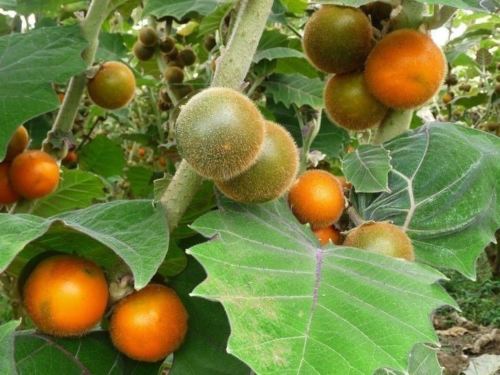
Commonly found through Central and South America, the naranjilla fruit is also called “the golden fruit of the Andes” and grows on a shrub, rather than a tree. Their foliage consists of 2 foot long heart-shaped leaves that are soft and woolly, and, when they're young, are coated with bright, purple hairs. The fruit itself is covered with brown hairs that can be easily rubbed off to reveal a bright, orange exterior.
Inside the naranjilla fruit, you'll find green and yellow sections that are separated by a membranous wall. The fruit itself tastes like a delicious cross between a pineapple and a lemon and is peppered with small, edible seeds.
The fruit can be eaten raw once the hairs have been rubbed off, juiced, and made into different sherbets, and ice creams. Keep reading to find out how to grow naranjilla fruit, care for it, and harvest it in your own garden!
How to Grow Naranjilla Fruit in Your Garden
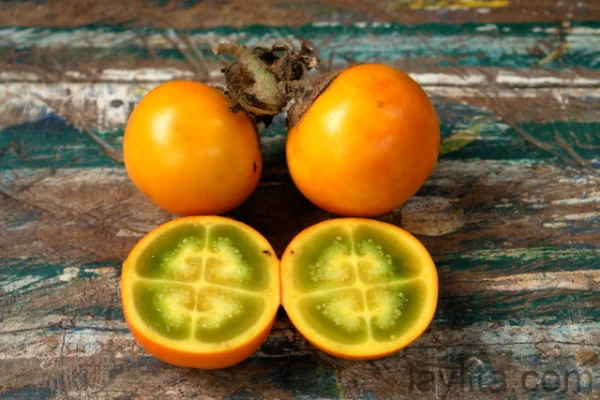
- Although a tropical and subtropical fruit, the naranjilla plant cannot sustain temperatures higher than 85F (29C).
- It mainly flourishes in climates with high humidity and a temperature of 62-66F (17-19C).
- Naranjilla will thrive in high altitude environments, and, when planted in non-high altitude environments, may not bear fruit.
- Keep your naranjilla plant in semi-shade, as it cannot stand full sun.
- Plant in rich, organic soil, with good drainage and keep away from strong winds.
- Naranjilla fruit are usually propagated from seeds by washing them, air drying, and then dusted with a fungicide before being planted.
- Seedlings should sprout after 4-5 months after being transplanted and the fruit will appear 10-12 months after seeding.
- The fruit will bear for 3 years after which the plant will dye off.
- A healthy naranjilla fruit tree should bear 100-150 fruit in its first year.
So now that you know how to grow naranjilla fruit in your garden, it's time to roll up your sleeves and get to planting!
Like this post? Share and Pin 🙂
